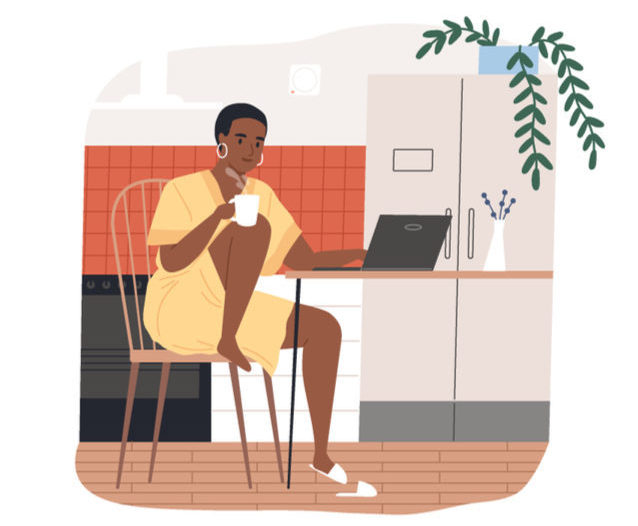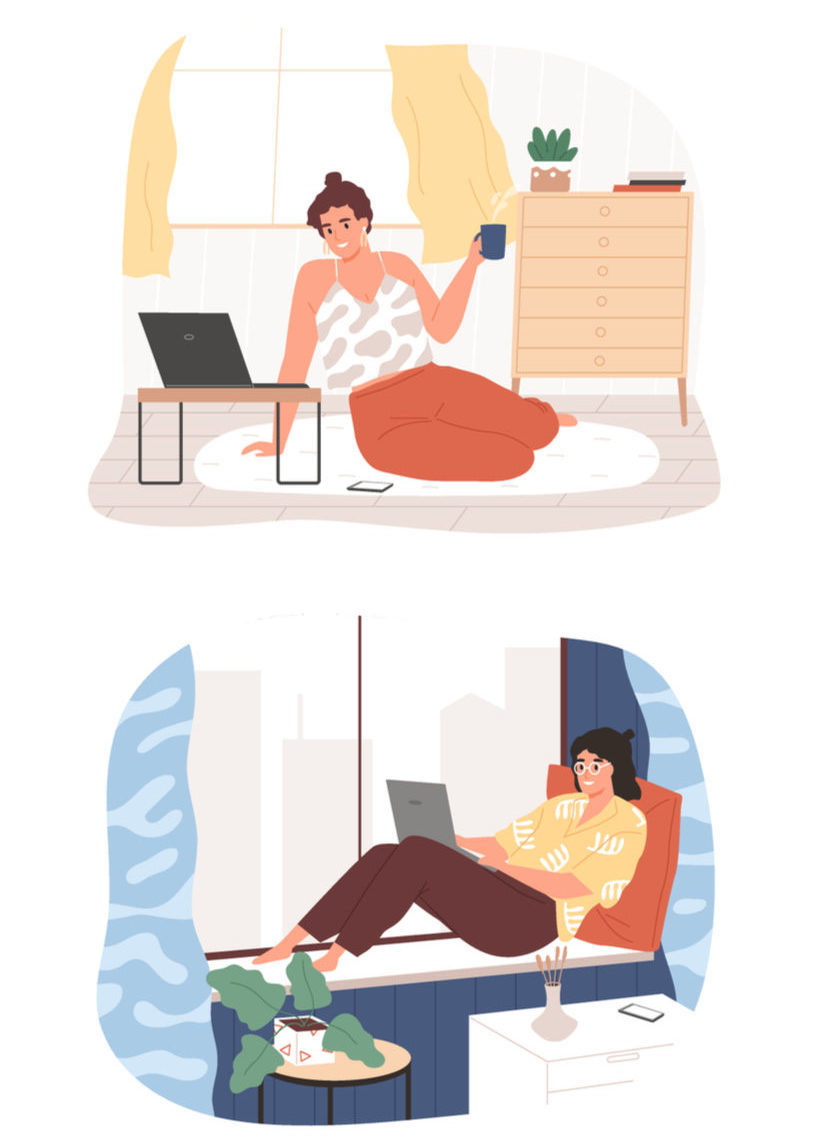
As the global business community scrambles to adjust to the sweeping changes brought about by COVID-19, many organisations are struggling to maintain productivity while their employees stay at home. Some businesses, especially those where remote work has been part of regular operations for years, are having an easier time than others. Those without previous experience, however, now find themselves thrown into a workflow overhaul that they neither sought nor were prepared for.
Transitional Times
One would have to go back more than 75 years to the middle of WWII to find the last time the business community saw this type of sudden transition in the workplace. In the early to mid-1940s, women entered the workplace en masse, helping to produce war materials in aircraft plants, shipyards and manufacturing companies. Between 1940 and 1945, the number of employed women in the US went from 14 million to 19 million. By the end of that five-year period, women made up 36 per cent of the total workforce.
When men returned home after the war, the number of women in the workforce dropped, but it didn’t plummet. There was a change in the culture that could not be ignored or forgotten. Though they may not have had access to the same types of careers afterwards, the idea that women could play a significant role in the modern workplace was solidified in just six short years.
Similarly, there will come a time when the crisis recedes, and people can once again gather together in large office buildings, but will they? After we get a taste of remote work, will there be a collective desire to go back to the way things were?
Twitter’s Head of Human resources, Jennifer Christie sure doesn’t think so.
“We’ll never probably be the same,” Christie told Buzzfeed in early March. “People who were reticent to work remotely will find that they really thrive that way. Managers who didn’t think they could manage teams that were remote will have a different perspective. I do think we won’t go back.”

A Catalyst for Change
Some would argue that the transition to a remote working society was a foregone conclusion even before COVID-19; this crisis has only catalysed it. Analysts point to a slow but steady trend towards remote work over the past 15 to 20 years: between 2005 and 2017 remote work in the US increased by 159% to just under four million workers. Globally, 56 per cent of companies allow remote work. Africa and Australia have the most hybrid or fully remote companies, with 59% and 60% respectively.
It’s not difficult to understand why some believe there is no going back. For both management and employees, remote work has its benefits. Primarily, those who work remotely claim to be more productive than they are at the office, which is due to several factors including:
-
Fewer distractions and interruptions
-
Less stress from no commute
-
Minimal office politics
-
A personalised, quiet environment
One study found that work-at-home employees work 1.4 more days a month than their office-based counterparts. Over the course of a year, this equates to 16.8 more days of productivity.

Behavioural Inertia
So, if it is good for employees and good for companies, why has it taken a global crisis to see a serious spike in adoption? Jason McOnie, an Edmonton-based Solution Specialist at Compugen, one of Canada’s largest IT service providers helping companies through the transition to remote work, cites ‘behavioural inertia’ for the slow rate of adoption.
“I think it has a lot to do with historical attitudes,” McOnie said. “A lot of companies have been doing the same thing in the same way for the past 25 to 30 years. They get a PC, deploy at the employee’s desk, and they’re comfortable with that. Changing that paradigm is very hard for them.”
When the smoke clears, and people can return to their old office routine, McOnie believes some but not all workers will seek to remain working remotely.
“It’s not going to be 100 per cent; some will want to go back to the way it was before,” he said. “This will take those late adopters who were standing on the precipice of switching to a more mobile workforce and accelerate the adoption curve over the next year. I think the lasting effect of this is it will have made remote work more mainstream than it would have otherwise.”
There is no way to know for certain, but there seems to be a consensus that COVID-19 has put into motion a social experiment that will test our resiliency, and working remotely may well play a significant role. When the dust settles, the ability to work from home will likely be ensconced in every business’s crisis management plan, but whether or not that changes the status quo remains to be seen. Only time will tell what happens when millions of people go through their workdays without the long commutes, the inflexibility of a cubicle or the distractions of a crowded office.









